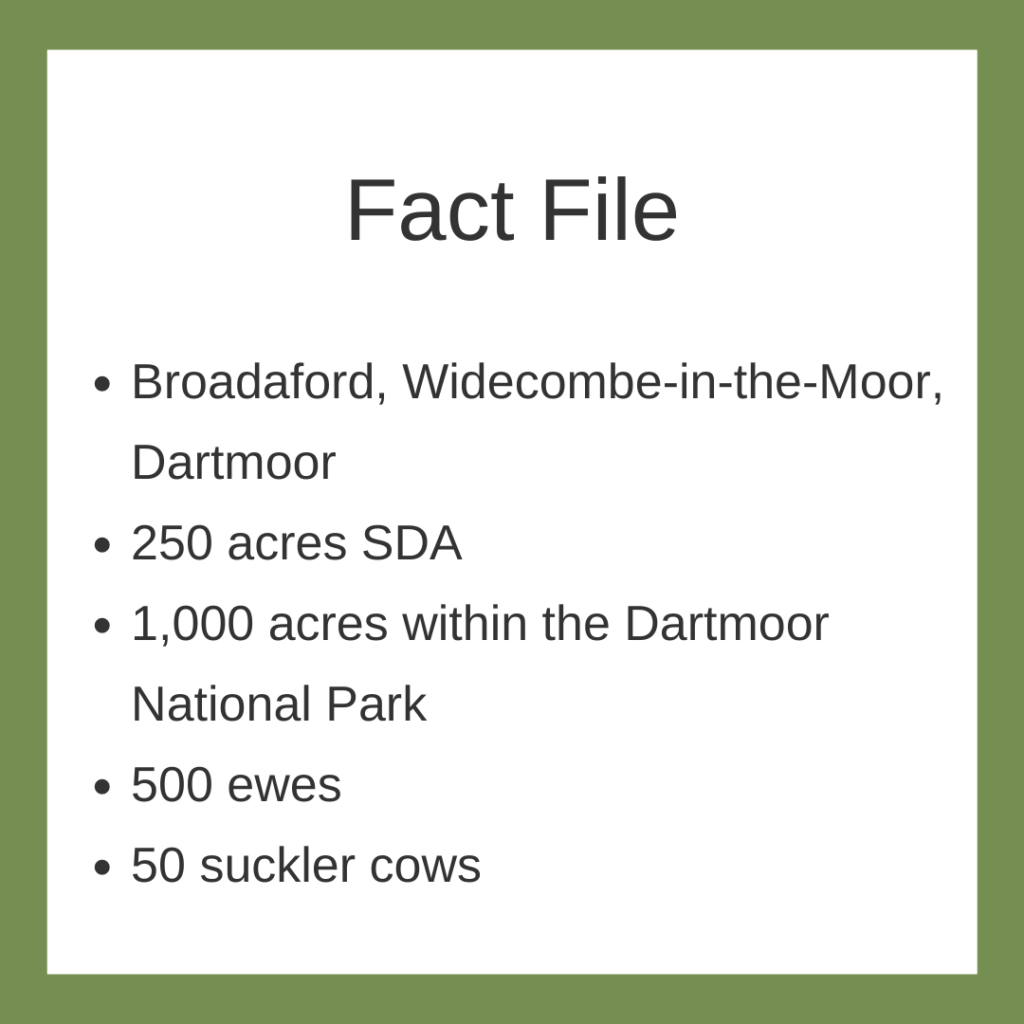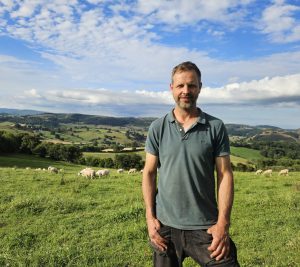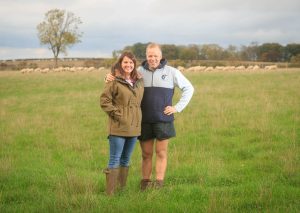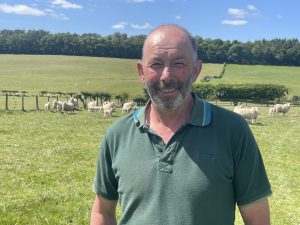Will Dracup has made a head start to future proof the family hill unit before Brexit was even considered.
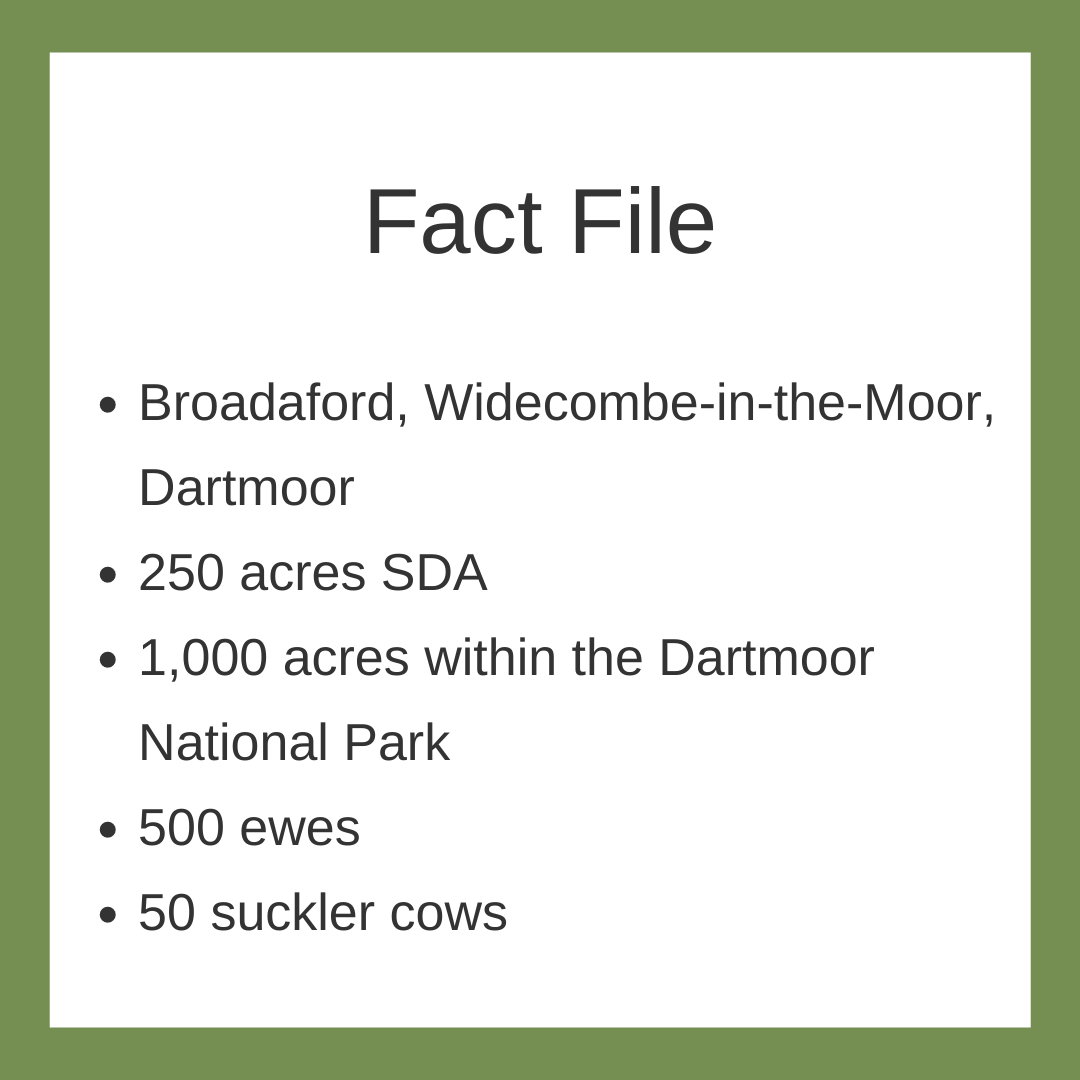
“We’ve been giving it our best shot over the last five years,” he says. ‘Introducing higher performing Innovis genetics and controlling costs with a grassland improvement strategy has enabled us to increase the flock by 150% to 500 Highlander ewes and the number of lambs reared by 30% without expanding the total area farmed and whilst retaining the suckler herd.”
Will and his father, John were managing a 200-ewe traditional Whitefaced Dartmoor flock put to a terminal sire for finished lamb production. Seeking to up the unit’s overall performance, they introduced the Highlander damline in 2013.
“I initially saw the Highlander whilst on a New Zealand study tour in its home country,” Will explains. “I was impressed with its performance on a low maintenance system like ours and considered that a relatively small 60kg milky ewe would improve output and allow us to increase stocking rate. When I arrived home, it was a natural progression to start crossing our Whitefaced Dartmoor ewes with the Highlander and develop a purebred flock.”
Five years on and Will says the strategy is delivering. “We’ve spent that period retaining ewe lambs for replacement purposes to build up numbers to the current level which we regard as full capacity. Such is the Highlander’s fertility we were confident to introduce one ram to 70 ewes and achieve 90% lambing within the first three weeks.
“Predation has forced us to lamb indoors in April, however we’ve found the Highlander ewes hold their condition from forage to such a degree that they don’t need that kick from concentrate. Since expanding the flock to 500 ewes, we continue to purchase the same amount of concentrate to feed in the six-week run up to lambing as we did for 200 Whitefaced Dartmoor ewes.
“We turn the ewes out within 24 to 48 hours of lambing and find the Highlanders are making very good mothers and they have that natural herding instinct to take their lambs with them; they are prolific – lambs reared has increased by 30% to 1.55 in the mature flock, they are extremely milky and excellent grazers.”
Hand in hand with the flock’s breed development has been the introduction of a two-pronged approach to grassland management enabling Broadaford to improve its productivity and subsequent stocking rate.
“So far we have reseeded 100 acres with mainly perennial ryegrass and introduced to a five-year rotation. It has enabled us to dramatically increase stocking rate and replace traditional paddock grazing with rotational grazing – we introduce lambs post weaning to silage aftermaths – 2,500kg DM/ha covers and let them take the sward down to 4cm. We have also started to drill fodder crops – kale and stubble turnips for winter feed.”
Lambs are achieving faster growth rates. Highlander wethers and ewe lambs not retained as replacements are finishing from 16 weeks at 18kg to 20kg target weight and the entire crop is away by Christmas.”
